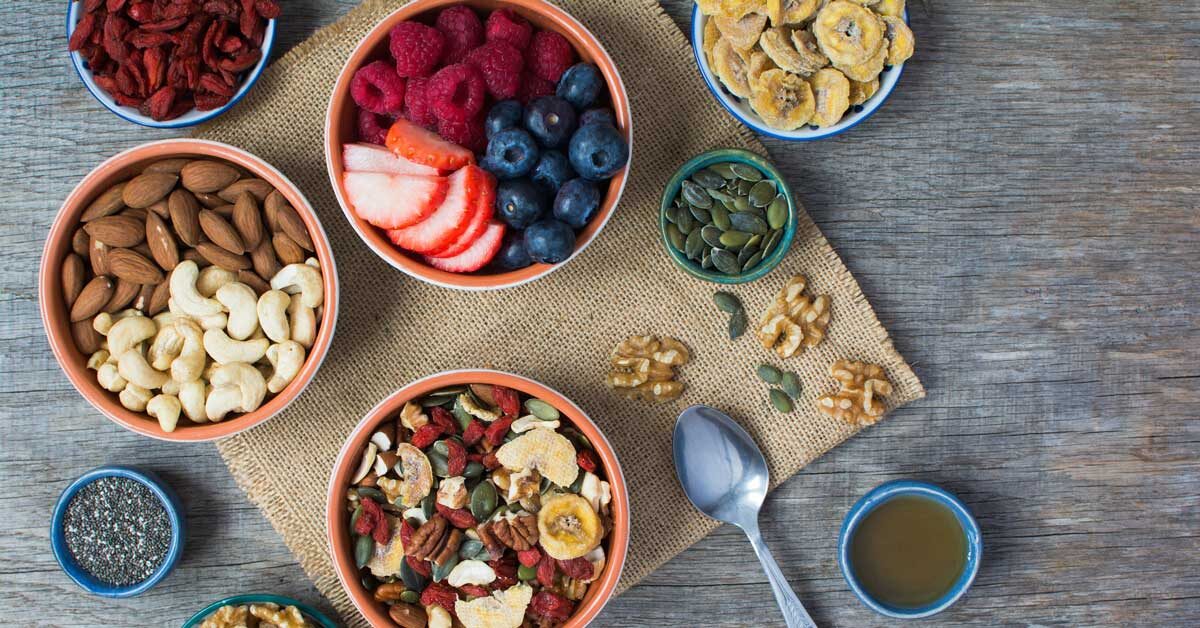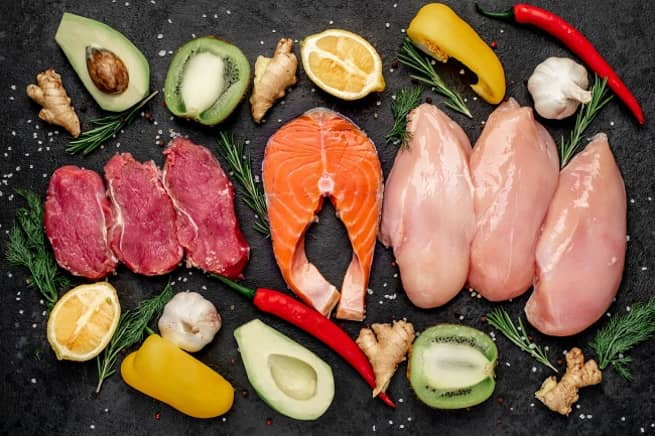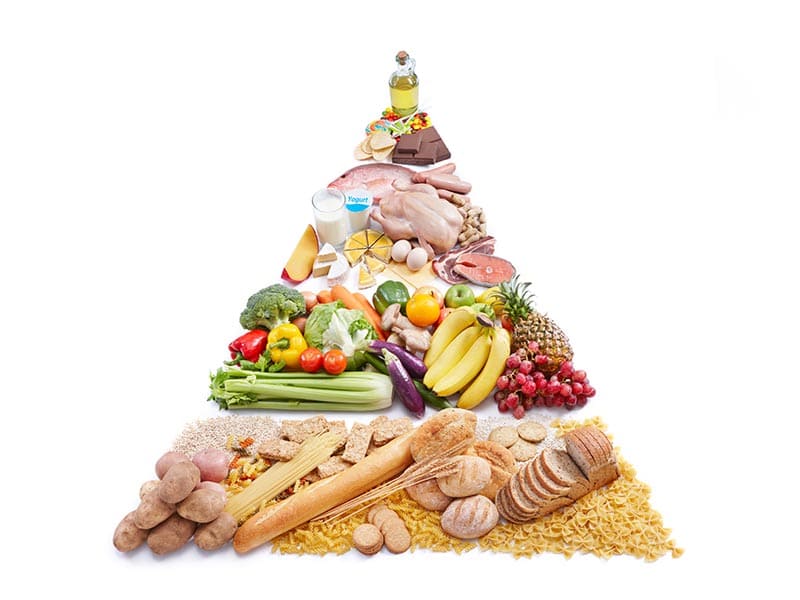
If you are considering the Paleo diet, you might be wondering what can't you eat. Here are some common items you should not consume to lead a healthier life. Common additives include aspartame, calcium sorbate, monosodium glutamate (MSG), nitrates, potassium bromate, saccharin, artificial sweeteners, and GMOs.
Processed foods
The majority of processed foods can't be found in the natural world. They are manufactured in a laboratory and are often loaded with artificial ingredients and preservatives. Additionally, they lack the necessary nutrients, fiber, and protein. People who eat a paleo diet tend to avoid processed foods. So, what should you avoid? Here are some foods to avoid when you follow a paleo eating plan.
Refined Sugars
Paleo is a diet that prohibits the consumption of refined sugars. This means you should avoid processed, refined and table-top sugars. These products can be loaded with additives that can cause harm to your body. Refined sugars are safe to consume in moderation. Ezekiel bread is also available, which is made from grains, legumes and goat milk.
Phytic Acid in Grains

Phytic Acid is a chemical found in grains and other plants which interferes with the body's ability to absorb minerals. It's particularly harmful in countries where there is low vitamin A and iron levels. The Paleo diet does not prohibit phytic acid. There are some ways to minimize the impact of phytic acid. This can be done by soaking the grains in water before you cook them and by cooking legumes longer. This question is not a good or bad one.
Vegetable oils
Vegetable oils are a popular addition to modern cooking. But are they healthy for you? They contain omega-3 fatty acids and polyunsaturated fats that are not considered healthy in the Paleo diet. Even if the vegetable oils are organic, well-sourced, cold-pressed and healthy, they still have unhealthy polyunsaturated saturated fats that can cause harm to your health. There are many ways to replace these oils in your cooking, without compromising your diet.
Fruits
Apples are one of the most common foods on the paleo diet, and are considered a true staple. While they are high in calories, they are also extremely nutritious. A typical-sized apple has about 10g sugar and over 2g fiber. Bananas are also not considered healthy paleo foods. You might want to add one of these fruits to the menu if you're serious about following a healthy diet.
Organic fruits
Paleo-style diets should only be followed by organic, non GMO vegetables. Organic produce will contain fewer pesticides or trace chemicals. You may also be able to choose items low in pesticide residue as part of the Environmental Working Group’s Clean 15 list. The Environmental Working Group publishes lists of the "dirtiest" and "cleanest" foods each year.
Meat

The first step when trying to eat a Paleo diet is to create a grocery list. You'll stay on track and won’t get lost in the aisles. A grocery list can help you identify paleo-friendly foods, as well as keep you on track. Here are some Paleo-friendly foods.
FAQ
Do I have to learn how to cook with my children?
Yes! Yes! It's a great way to teach responsibility and teamwork. You can have your children help you with everything, from washing vegetables to cutting onions. They will enjoy helping you to cook if your children are safe with knives.
Is it possible to be self-taught?
Yes, you can self-teach cooking! No matter how much you know, cooking is something that everyone enjoys. Learn how to cook at home. Start small, like making pancakes for breakfast or spaghetti sauce for dinner. It is important to experiment with new recipes to learn how to cook. You might make a few errors along the way.
The time it takes to learn to cook can vary from just a few hours up to several weeks, depending upon your skill level. It's important that you remember that cooking does not mean following a recipe. There are many methods to prepare food.
What are the health benefits of slow cooking?
Slow Cookers are very useful because they allow you to prepare delicious meals without wasting time. Slow cooker recipes require less oil or fat than traditional recipes, making them healthier. Also, slow cooker recipes are easy to use because they do all the work while you sleep.
What is the best career path for someone who wants to be a chef? How can I start my career as a chef?
If you're interested in becoming a chef, you should consider starting as an apprentice. Apprenticeships are a way to earn a living while you learn. After completing your apprenticeship, you can apply for a position as a sous chef. Sous chefs supervise cooks and assist them with tasks like making salads and desserts. They also supervise the operation of the restaurant.
Statistics
- According to the BLS, chefs earn $58,740 a year. (learnhowtobecome.org)
- In the United States, the category is estimated at $23.2 billion annually and is growing faster than the market. (washingtonpost.com)
- The median pay for a chef or head cook is $53,380 per year or $25.66/hour, according to the U.S. Bureau of Labor Statistics (BLS). (learnhowtobecome.org)
External Links
How To
How to cook a Steak
The type of meat you are cooking will determine the right method to use. Thicker steaks, for example, are better cooked at low heat while thicker steaks require higher temperatures.
You should also ensure you don't overcook them because they'll lose flavor. Make sure to remove the steaks from the pan after it is done. This will help you avoid burning your skin.
Cooking times depend on the size of the steak and the desired degree of doneness. These are some guidelines:
Medium Rare: Cook the meat until it reaches medium rare (63°C). This process takes between 3 - 5 minutes per side.
Medium: Cook the meat until it reaches 160°F (71°C). This usually takes only 6 minutes per side.
You are done when the internal temperatures reach 180°F (82°C). This takes between 8 and 12 minutes per side.